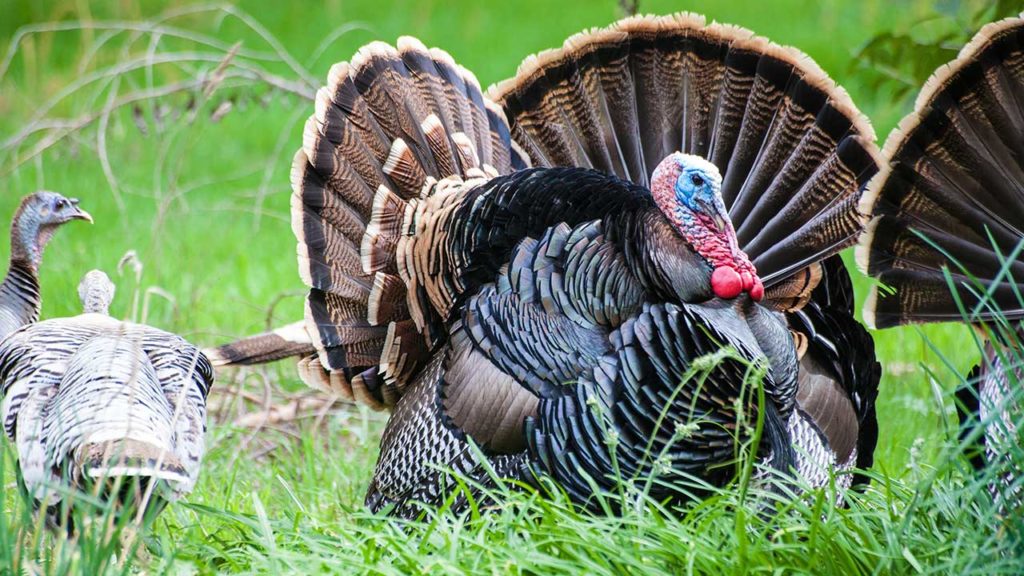Often, we as hunters talk about types of hunting, it's an effective means for taking game. We also do this to improve those means to consistently take game, we “BS” each other, and have a laugh or two.
Spot and Stalk hunting is one of those means and it was a huge tactic I had to develop on my own. I had to focus on my own unique hunting situation, my experience or lack thereof, and there was a lot of “lack thereof”.
I struggled a lot, and it was frustrating, especially while bowhunting. The crazy thing is you’d think Spot and Stalk hunting is super easy because it is mentioned a lot on social media, but nobody is really describing what it is, how to do it, or considerations to help you out. These are the insights I have developed over time, and it is my hope they will clear any muddy water on the subject.
Spot and Stalk hunting is one of those means and it was a huge tactic I had to develop on my own. I had to focus on my own unique hunting situation, my experience or lack thereof, and there was a lot of “lack thereof”.
I struggled a lot, and it was frustrating, especially while bowhunting. The crazy thing is you’d think Spot and Stalk hunting is super easy because it is mentioned a lot on social media, but nobody is really describing what it is, how to do it, or considerations to help you out. These are the insights I have developed over time, and it is my hope they will clear any muddy water on the subject.
Spot and stalk hunting is easily the most rigorous and demanding form of big game hunting. We know technically any hunter can stalk any type of game, with any type of weapon of choice.
With those questions answered some other things to note are how you stalk effectively. After all that is the end state in order to have a shot at the animal.
Atmospheric Factors
affecting Spot and Stalk Hunting
You want to be nonexistent in the environment, especially when bowhunting. Atmospheric factors will help you and it’s going to dictate a lot about how you carry out your Spot and Stalk Hunting based off the advantages that can be provided.
When talking about atmospheric factors the big focus starts with inclement weather, then there is the fog layer, primary wind direction and ambient light to consider. When it comes to inclement weather, let’s talk brass tacks here, not many people want to hunt in it, and frankly at times it can be downright dangerous.
While I’m not advocating putting yourself at risk of exposure, if you have the right gear and are prepared, you can absolutely have a successful Spot and Stalk Hunting during these conditions.
When those adverse conditions are used with a fog layer, ambient light, or dominant wind direction a well-versed hunter could virtually be nonexistent to game as I mentioned earlier, and that’s the goal. Before we reach our goal, other atmospheric factors must be broken down.

When breaking it down further the fog layer is the next step
A fog layer is a natural thick layer of fog over a piece of terrain. Simply put this is a means of obscuring or obstructing an animal’s vision to get you closer, you couple that with light rain and wind it’ll make it difficult for an animal to pick you out because not only can it not see you clearly, but it can’t hear as well either.
With your dominant wind that’ll determine the route you access a spot, the way you approach the animal when you’ve spotted it and depending on how bad it’s ripping you might be able to move more quickly as it will muffle your steps.
Then you have ambient light, and when I say ambient light, I’m referring to the depth, contrast, and shadows created from it. You should consider this as you’re approaching the animal from various terrain. It’s always a good practice, if possible, to keep the sun at your back as best as you can, especially if you’re coming from the top of a hill or ridge and sky lining yourself to the game.
You’re doing this with the intent that when you’re closing in on game the ambient light will obscure their vision and you will be in the depth of whatever shadows are available. Another thing to remember is everything we discussed so far doesn’t need to be an afterthought.
Once you’re closing the gap, do your best to keep all this in mind and make your decisions as time permits, because as we know things like rain and wind can change just as quickly as they began.
Also, understand when hunting extremely pressured or truly mature animals just cause you’re roughing it doesn’t mean it is going to be a “gimme” or easy. These types of conditions can make animals that fit those categories on edge. As hunters there are other natural tools and manmade tools, we can use to help beat their keen edge.
The Terrain
I mentioned there are other tools beside atmospheric conditions that hunters can use to effectively close the distance. Another natural one to note is terrain. Now bear with me momentarily while I take this a different direction.
In my military service early on I was taught about cover, concealment, the lack thereof, and the differences between them. How is that relevant to terrain? In the military cover is something that protects you from enemy fire and can also protect you from observation, mainly it stops bullets.
What I’m getting at is terrain or micro terrain can serve as cover and conceal you from a game animals’ observation. In terms of terrain features this is anything from a hill, ditch, creek bed, you get the picture. Something solid to hide or move through or behind. Concealment is anything that protects you from observation but not bullets, in this instance no bullets just the animal’s eyes.
Concealment is more like vegetation, a bush, shrub, tall grass, sage brush, trees, anything like that. When it comes to having no cover, concealment, or terrain the biggest thing you can do is minimize your silhouette or profile by getting a prone position.
You use terrain to put something between you and the animal until it’s the optimum time and place for you to strike.
Before I move on, I do want to give a word of caution, when you are using terrain especially in a new area that you haven’t been through you can find yourself in a bad way. Use caution as you’re moving to avoid any physical obstacles you might encounter.

Man-Made Tools
One could argue for the hunter, one of the biggest man-made tools to aid a hunter in their pursuit of stalking game is camouflage. When most people think of camouflage they just think about a pattern, a brand, or features and that’s probably because a huge selling point for camo is a given brand’s marketing campaign.
After all they are a business and they do have to make money. Often because of that camouflage’s real purpose is overlooked. It is really intended to be a tool used to conceal or break up a hunter’s unnatural predatory outline from game in this instance can help you get closer to the animal.
When I choose camo, the brand isn’t really my focus, and it shouldn’t be yours either. What I’m looking for is a natural non print pattern, with a variety of natural earth tone colors and undertones to match your environment as closely as possible. If we are being honest too you only need camo from your head to your waistline.
From your waist down those solid earth tone colors will do just fine. I don’t really recommend blue jeans for that, but you get the picture. Just because you have camo, that isn’t the end of man-made tools that can help you mask your human silhouette to help you get a Spot and Stalk Hunting session done.
There are ghillie suits, 3d leafy suits, etc. all can be great options to help you out. What that is going to do in conjunction with camo is further break down your outline and mask movements. I find myself somewhere in the middle due to the environment I hunt, I generally prefer camo with a viper hood, especially when bowhunting.
A viper hood is basically an adjustable hood that runs down the back to the shoulder line and on the front of the chest to around the same area as the shoulder line with open arm pits. The sleeves are ¾ length to help you avoid unnecessary bulk.
When hunting by other means where limited range weapons aren’t a factor, I don’t find the viper hood necessary. I have customized mine to match my situation, and at any given time I can alter the camouflaging materials for the hood on my own for a different geographical location.
Bringing It All Together
At this point we discussed what Spot and Stalk hunting is, atmospheric factors, terrain, and man-made tools that can affect your stalk. Now we can direct our attention to how to put it together, mind you this is all in a very broad stroke.
The best way to put it all together is to get out there and give it a shot. There isn’t necessarily a right or wrong way to do it and sometimes even in our blunders there is success. What it should look like if you have developed a plan and ironed out the details.
You have picked the type of quarry, the weapon, the camo, the geographic location, the immediate environment and now you are ready to head out the door. Once you’re afield you can start by either tracking an animal or spotting it from an advantageous position.
Once that’s complete you must evaluate the situation and figure out how to stealthily reach an area to take a shot from. As you are evaluating the situation and pushing forward it’s important to remember the atmospheric factors, terrain or lack thereof available to you, and the tools at your disposal to get the job done.
If all that comes to fruition you should find yourself in an optimum position to settle the pin, sights, or reticles on your respective trophy’s vitals. At that point you have the shot and if you did your part it ends with a well-placed shot and a recovered game animal. After all that congratulations! That is a successful Spot and Stalk Hunting session.
Final Thoughts
In closing there’s a few things I want to mention. A big one is that if you are having a hard time, don’t get discouraged. It’s part of the process and your skills will develop with each opportunity you receive to stalk an animal.
Secondly, be patient, some stalks can take hours to pull off and you can find yourself covering a lot of ground or working backwards because the quarry or elements may not be cooperative as you’ve hoped for. Lastly, is this, not every deer, bear, antelope, or elk is meant to be stalked.
What I’m getting at is sometimes trying to put a stalk on something can be a moot point. Maybe you don’t have enough daylight, maybe there isn’t a good approach due to lack of terrain, or poor wind direction.
If you try to force a spot and stalk and everything isn’t optimum enough in your favor, often you’re going to get busted. When that happens, all you did was pressure and educate that animal and potentially throw away an opportunity for another day.
Either way that just leads to a heartbreak on your end. In my early days of spot and stalk hunting, I had a lot of heartache in that regard because I was trying to force stalks that weren’t meant to be.
I was doing anything from not accounting for wind, to going directly head on to the animal. None of which ever worked out. When I was successful it was because I had learned and kept all these considerations in mind.
In the end I hope all this helps and gives you a starting point on stalking game, happy hunting!

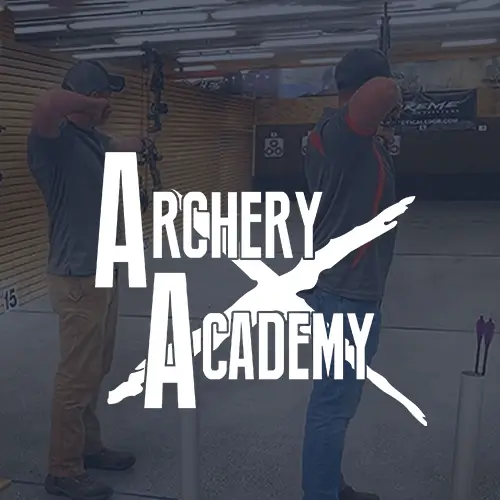

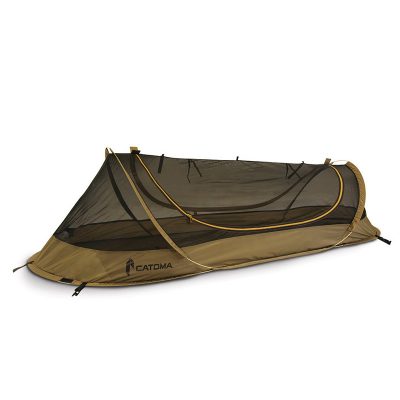
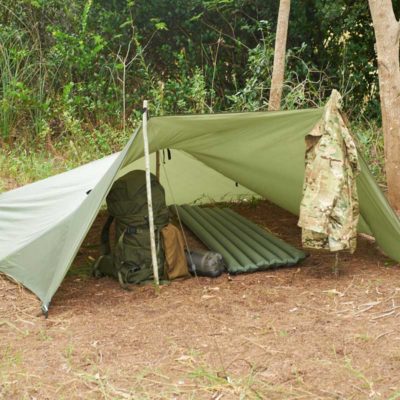
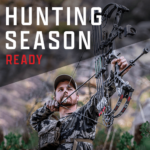

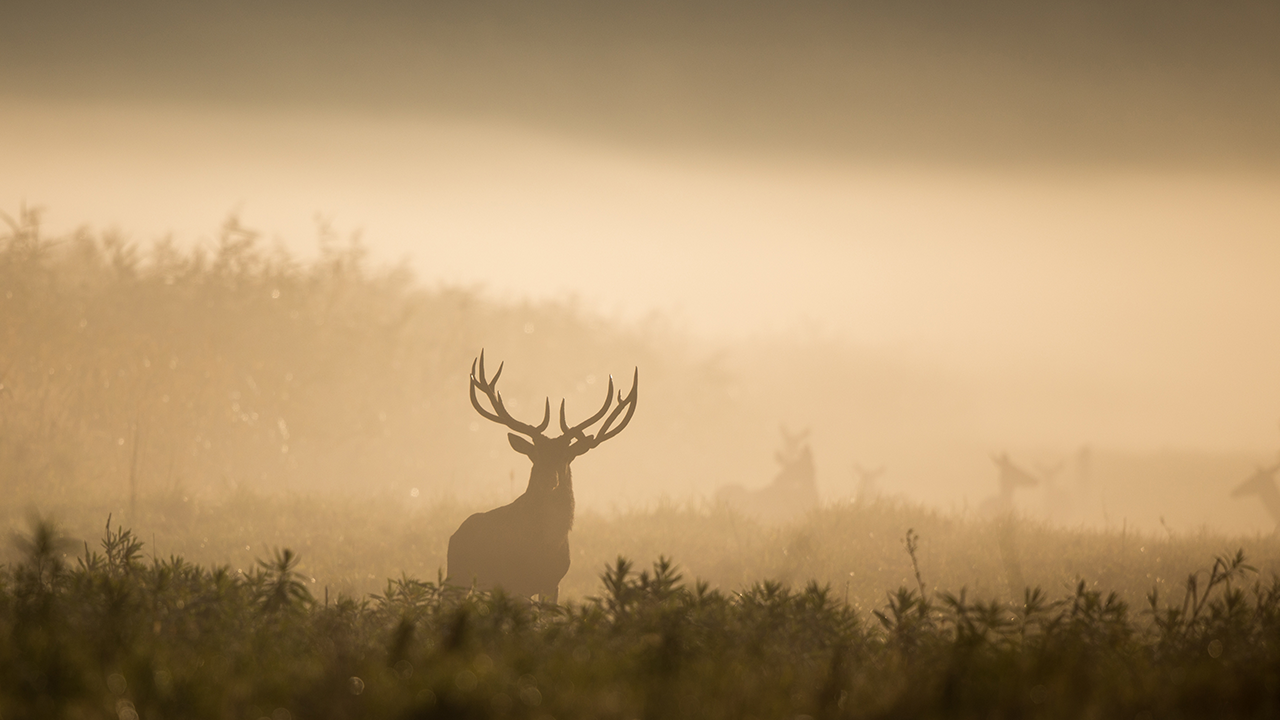
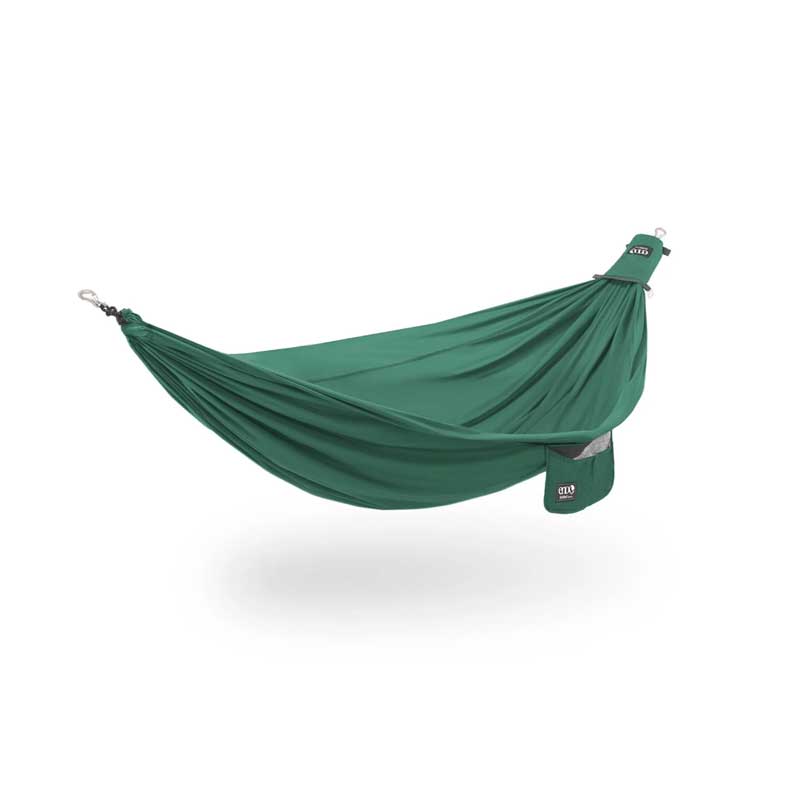

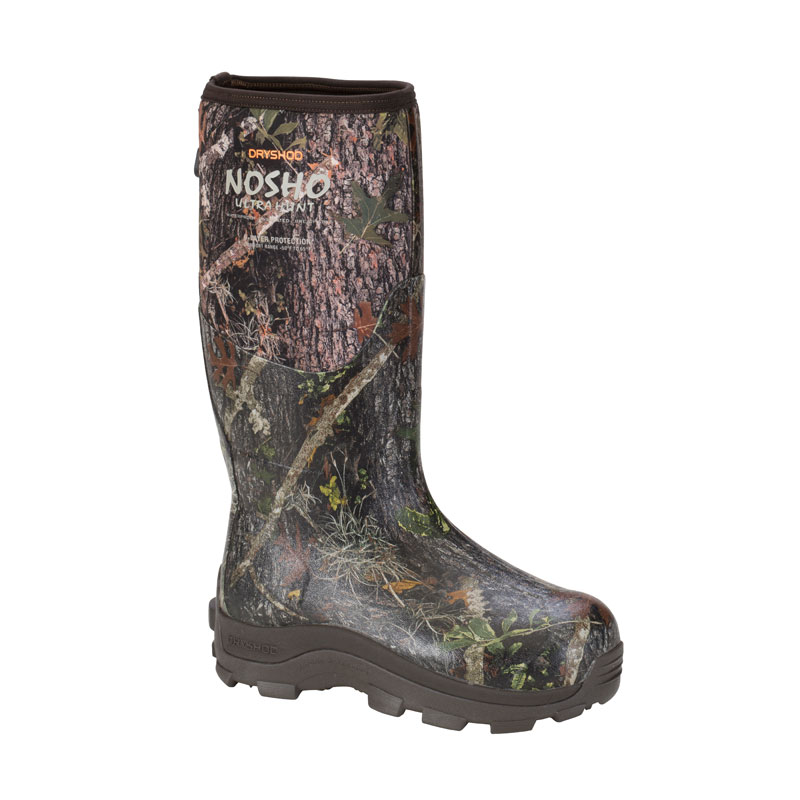
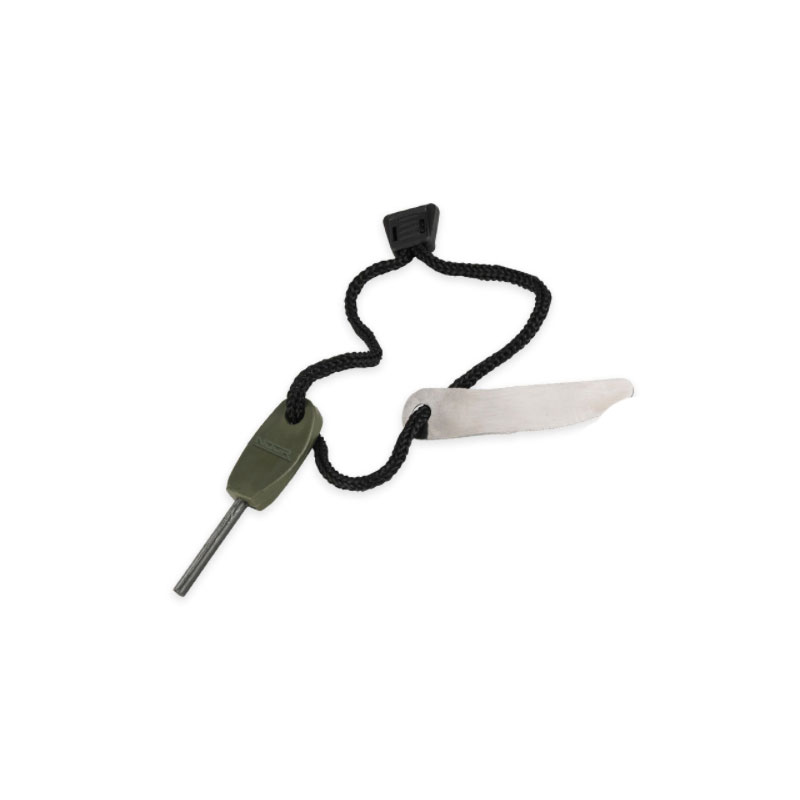
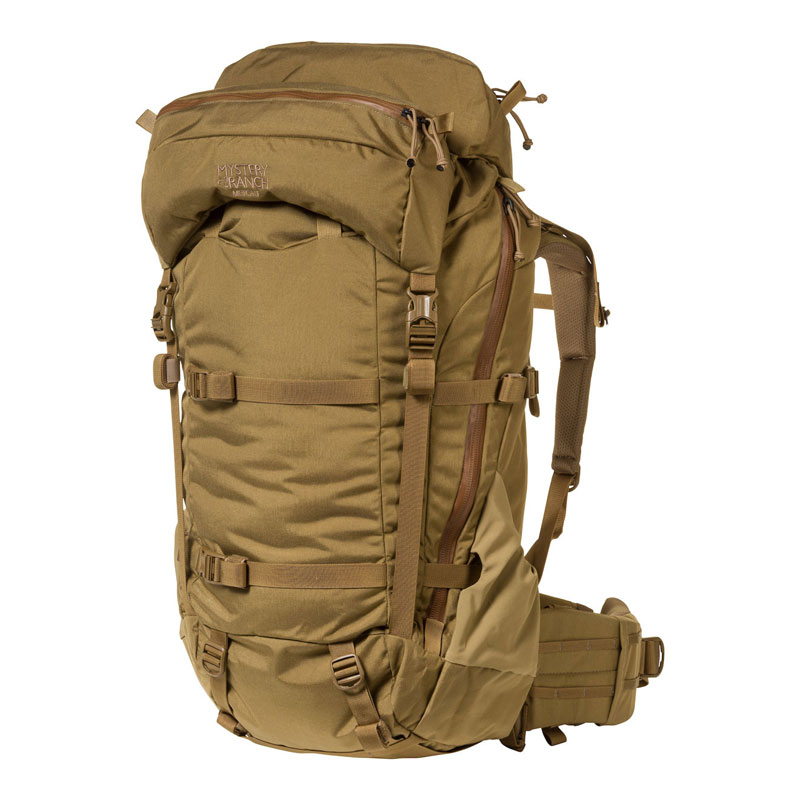
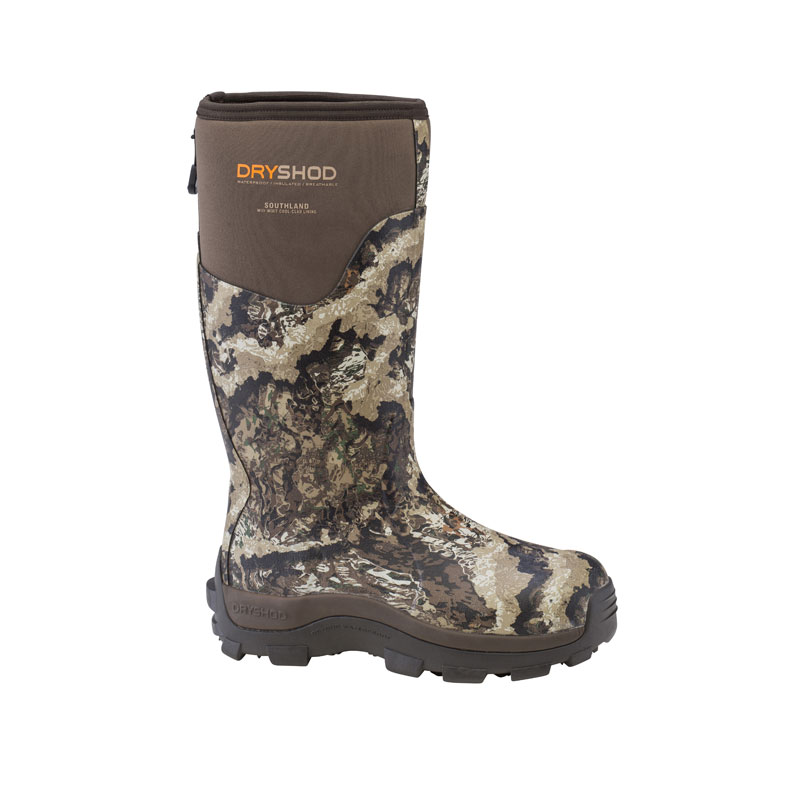
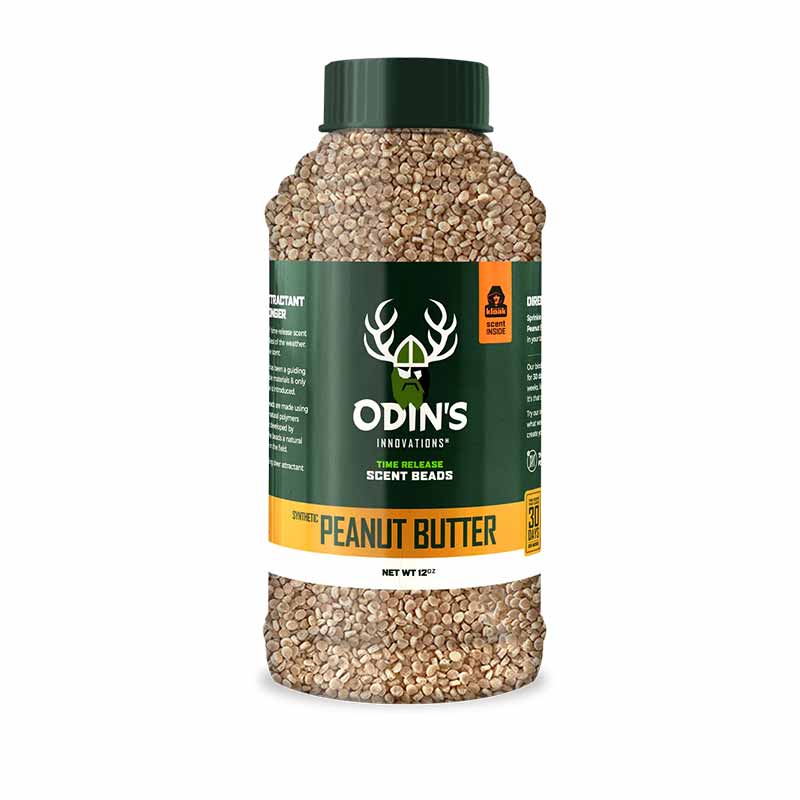

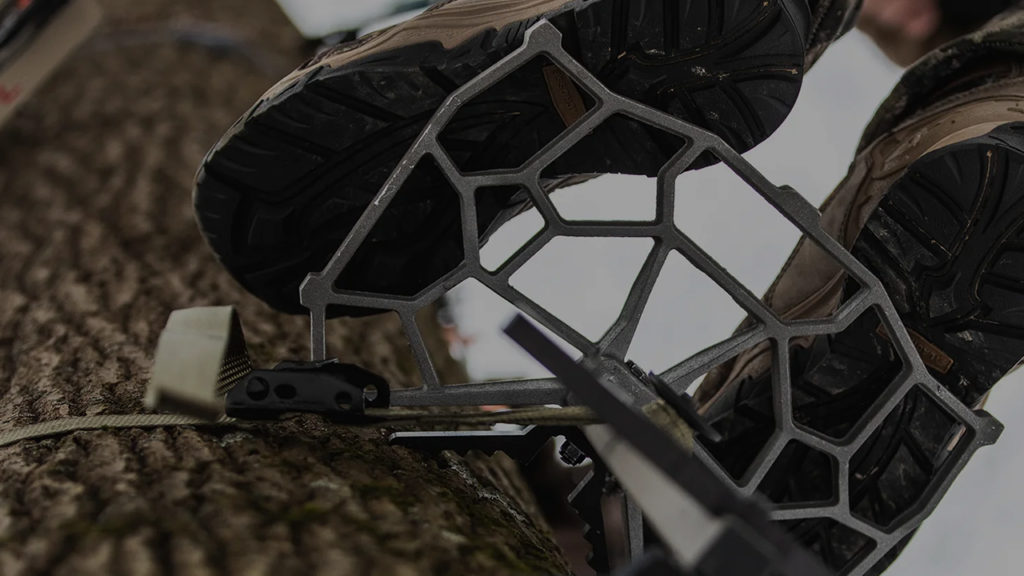
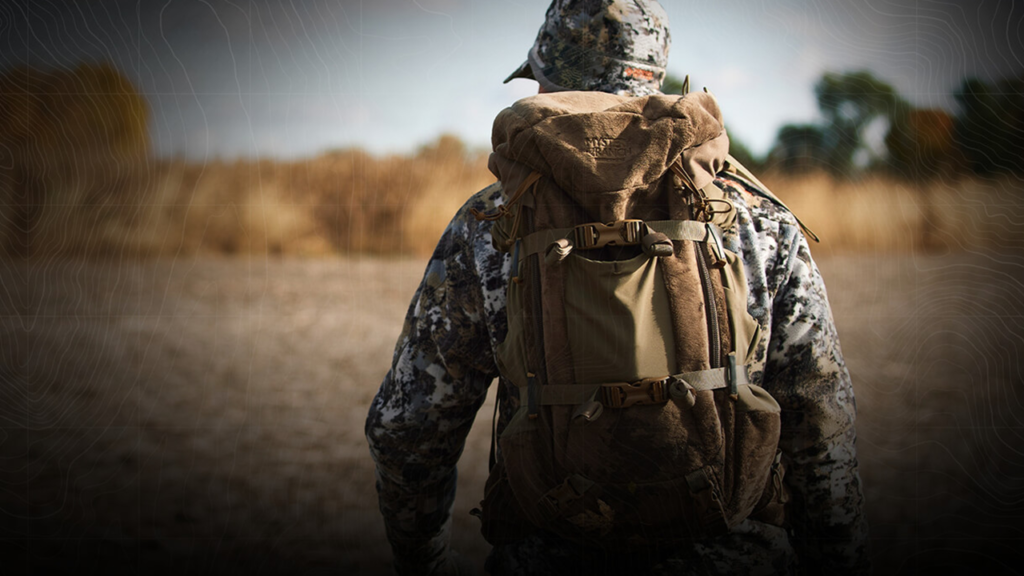
![Tips To Improve Your Mule Deer Hunt [Beginner’s Guide] Tips To Improve Your Mule Deer Hunt [Beginner’s Guide]](https://extremeoutfitters.com/wp-content/uploads/2022/09/Feature-IMG-1280x720-Mule-Deer-Hunt-1024x576.jpg)
![Liver-Blood-1000x635 Blood Trailing A Deer - Post Hunting Shot Tactics [#1 Hunters Guide]](https://extremeoutfitters.com/wp-content/uploads/2022/06/Liver-Blood-1000x635-1.jpg)
![[Practical Guide] Hunting Etiquette on capturing your game [Practical Guide] Hunting Etiquette on capturing your game](https://extremeoutfitters.com/wp-content/uploads/2022/06/Feature-IMG-1280x720-etiquettev2-1024x576.png)

